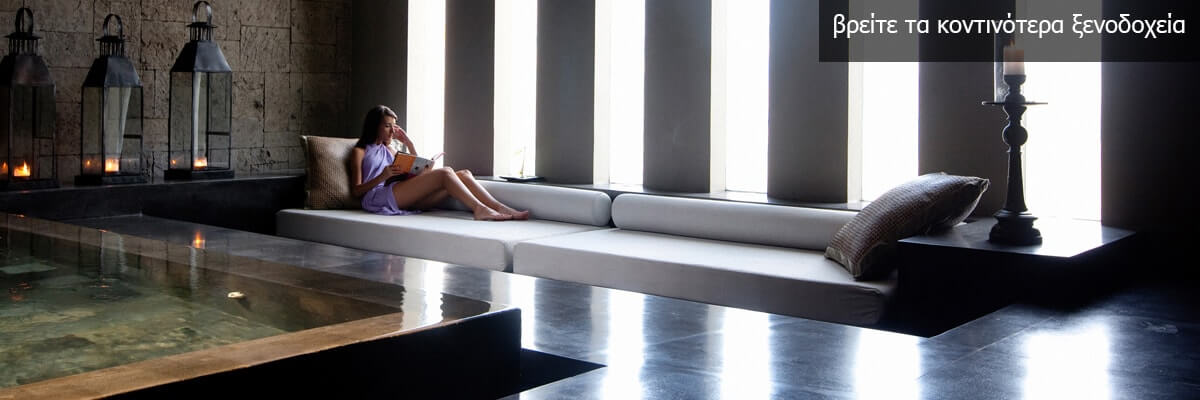In the village of Galatas, province Pediada, on the hilltop of Kefala we meet the brilliant Minoan palace of Galatas that impresses the visitor with its size. Apart from the palace and the scattered stones that exist in the whole region, which is a huge archaeological site, Kefala hosts two different caves. The caves were probably used as sanctuaries. There are many facts that lead us to this conclusion. The first cave called Atzoanou is located in the middle of the road that leads us to the top of the hill with the antiquities and is easily visible from far away. The second cave is called Poulina Cave and is quite unknown.
It is located right at the top of the hill but on the south side and not in the north where the excavations are. In front of the entrance, there is an ancient stone yard and two large stones playing the role of a door. The cave inside has a spacious hall and is devoid of cave decoration. The large hall is greenish due to moisture. There is a very narrow gallery that led deeper into the mountain which however today is blocked by soil and manure. The gallery, according to local tradition, was very deep and was connected with the palace of Galatas serving as a secret exit in case of siege. The truth is that cold air came out of there, meaning that there was another room deeper. From the point of the cave, we have amazing views of the plain of the area and the surrounding villages. Outside the cave area, we see many scattered ceramic sherds. Galatas, a village that Kefala hill belongs to, was a very important place in antiquity because of the very fertile soil and the abundant water springs.
The inhabitants of the village during the Ottoman period changed their religion to Muslims so as not to lose their rich properties. In the last years of Ottoman rule (around 1890), 2-3 poor families came from the Lassithi Plateau and settled the rich Galatas, where they worked in the fields of the inhabitants. Initially, they were not accepted to live in the village due to their religion. The desperate Christians in need of work wanted to stay in the village and settled in the Cave of Poulina. They lived there for about three years until they were finally admitted by the locals. After the exchange of populations between Turkey and Greece more residents arrived from Lassithi and now almost all the inhabitants of the village come from there.










 Poulina Cave
Poulina Cave













































































